Force Plates and Pressure Measurement Systems: Complementary Technologies for Biomechanical Analysis
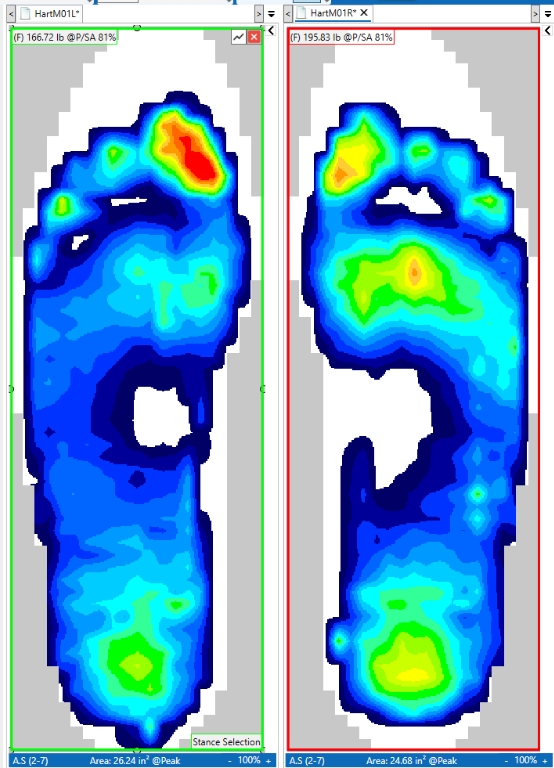 The ability to segment the foot for detailed analysis is one difference from a force plate.Clinicians and researchers focused on biomechanical analysis rely on a variety of tools, like force plates, motion capture, EMG systems, and pressure measurement to gather objective information for their assessments.
The ability to segment the foot for detailed analysis is one difference from a force plate.Clinicians and researchers focused on biomechanical analysis rely on a variety of tools, like force plates, motion capture, EMG systems, and pressure measurement to gather objective information for their assessments.
While force plates (or force platforms) measure total force applied on top of the plate, Tekscan's systems for biomechanics measure multiple points simultaneously in a dynamic and detailed pressure map. Pressure maps provide important, actionable information not available from a force plate, such as contact and peak pressure data across an area.
Pressure mapping also offers the ability to segment views by foot and even isolate vertical ground reaction force and center of pressure by foot region, thereby furthering analysis into foot function, balance, sway, and more. Because of its versatility and capacity to isolate force measurements, pressure mapping is an important element in gait analysis along with using a conventional force plate.
Other benefits of a Tekscan foot pressure measurement system include:
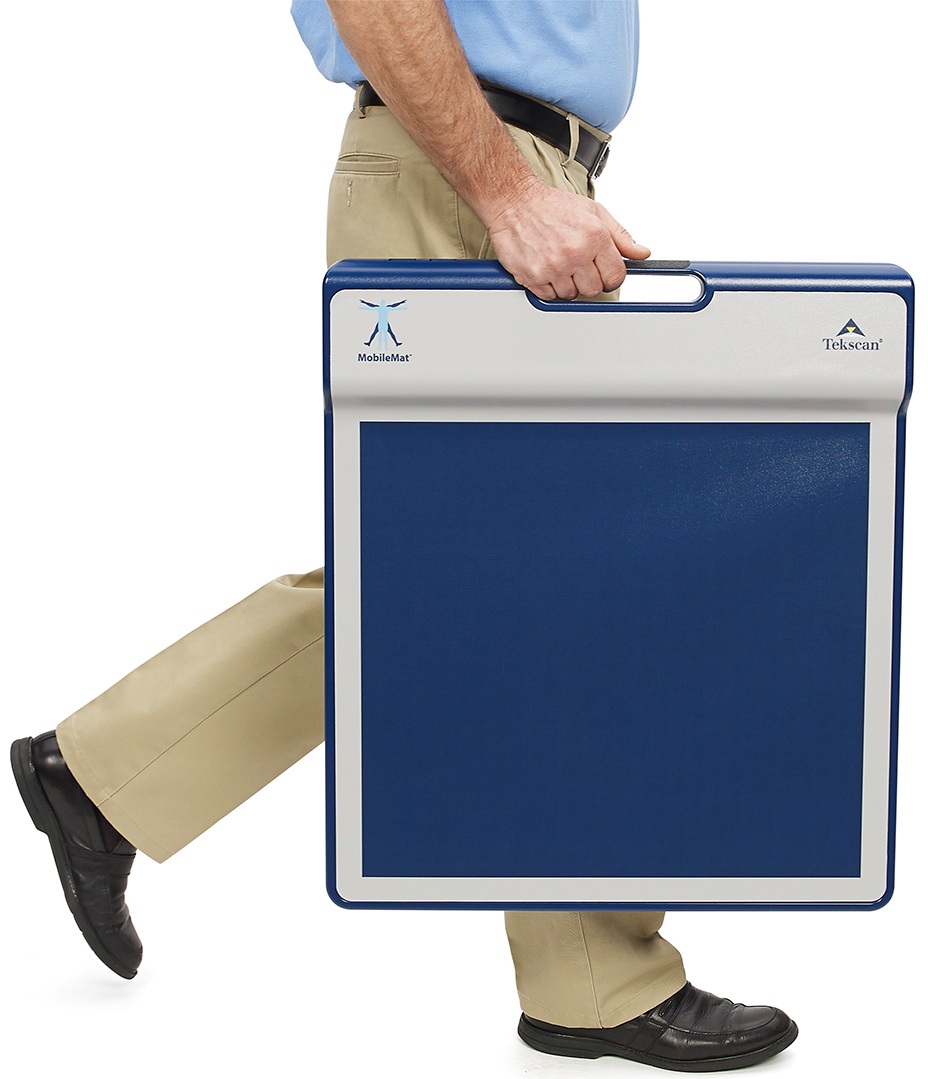 Tekscan offers portable solutions, so data collection is no longer strictly tied to a lab.
Tekscan offers portable solutions, so data collection is no longer strictly tied to a lab.
- Easy to set up and use (technical background not required)
- Low-cost
- Portable
- Synchronizes data with other technologies found in the gait lab
- Ability to record movies and export data
- Available as platforms, mats, walkways, and in-shoe
Do I Need Pressure Mapping Gear in My Gait Lab?
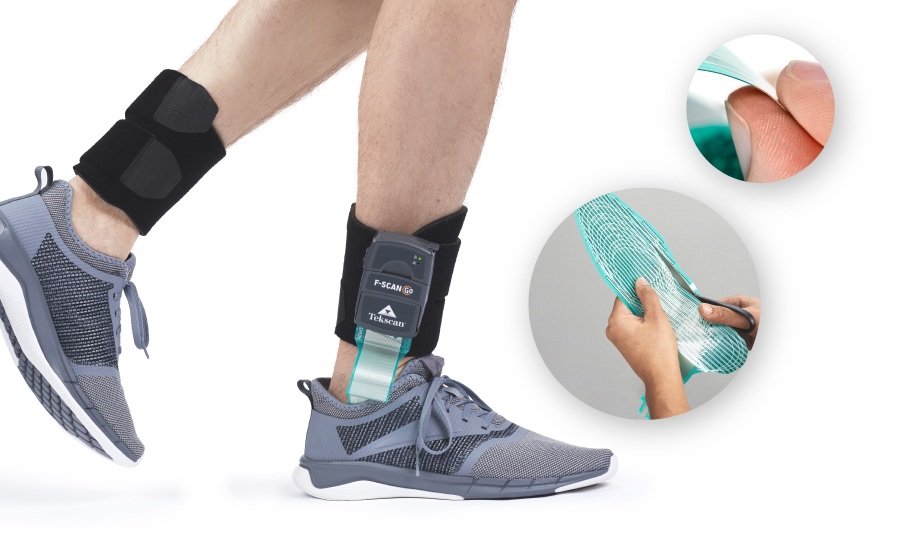 The F-Scan GO in-shoe pressure mapping captures stride data from a natural gaitForce plates give you shear force, inverse dynamics, and imbalance data, but pressure mapping adds:
The F-Scan GO in-shoe pressure mapping captures stride data from a natural gaitForce plates give you shear force, inverse dynamics, and imbalance data, but pressure mapping adds:
- Isolate forces in the different foot segments, for more in-depth analysis of forces you don't see with Total force curve
- Isolated stride data over multiple foot strikes
- Natural environment gait capture, not propelled on a treadmill
While shear forces are important, 90% of gait forces are vertical, and pressure mapping is the way to capture it.
Learn More About Our In-Shoe, Walkway, and Platform Systems
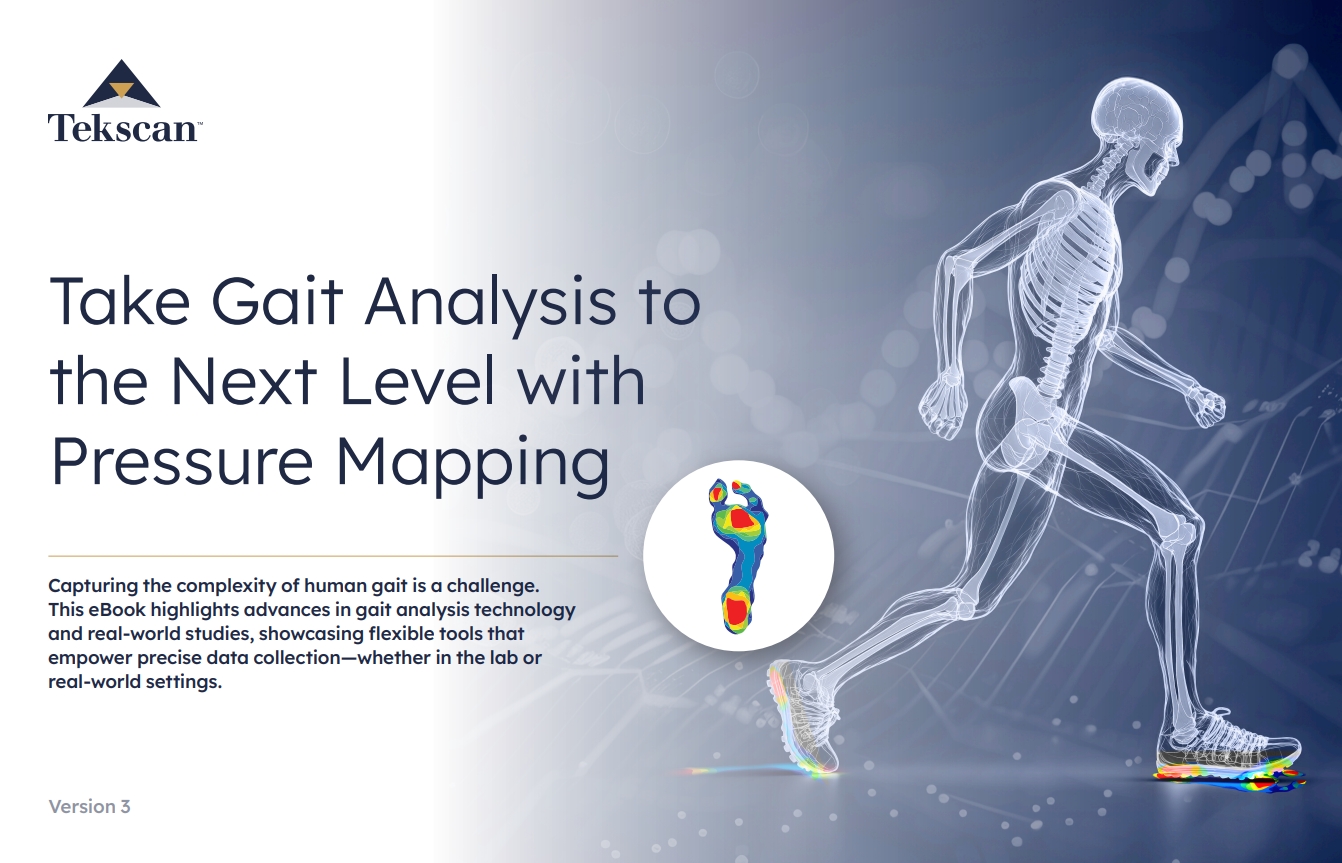
Our eBook called Take Gait Analysis to the Next Level with Pressure Mapping outlines how pressure measurement data differs from force plate data and how this information complements one another in biomechanical analysis in a variety of settings.
- Review the differences between pressure measurement and force plates
- Review synchronization techniques
- Read practical research examples
- See the unique information presented by these systems
While pressure measurement is an important tool in gait labs, it is also extremely beneficial in clinical, sports performance or research settings. Review practical examples from both clinical and research environments for a wide variety of applications:
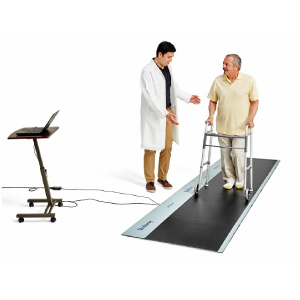
- Fall risk evaluations
- Gait analysis for stroke patients
- Pediatrics
- Footwear analysis
- Physical therapy evaluations
Ready to enhance traditional force plate technology?
Pressure mapping systems to measure gait on walkways or in-shoe provide vital data for a complete gait lab at a fraction of the cost of what you are spending for 3-D motion capture, force plate, or electromyography.
Get our eBook on pressure measurement to learn how to transform your assessments with this unique data.